1. A Dose of Natural Tranquility
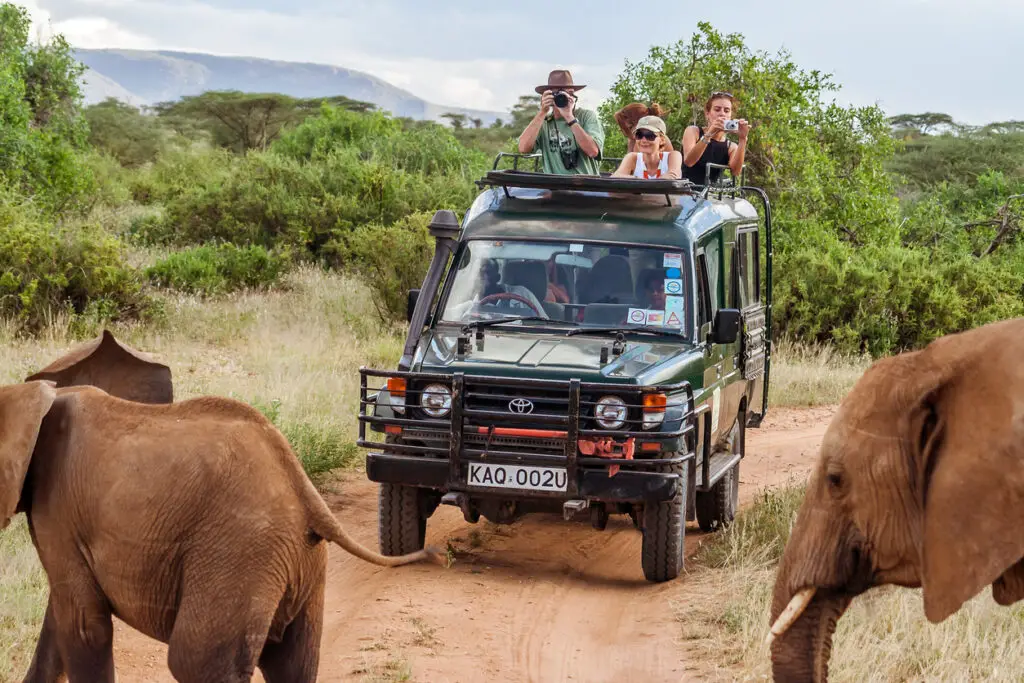
Imagine yourself nestled in a quiet grove, sunlight filtering through the leaves, painting dappled patterns on the forest floor. The air is still, carrying the subtle scent of damp earth and pine needles. A gentle breeze whispers through the trees, a soothing melody that washes over you. Suddenly, a flash of vibrant blue catches your eye—a kingfisher perched patiently on a branch, waiting for its next meal. You watch, mesmerized, as it dives into the water, emerging with a glistening fish. In that moment, the world shrinks down to this single, perfect scene. The tension you carried in your shoulders begins to loosen. The frantic to-do list in your mind fades into the background. You are present, completely absorbed in the quiet drama unfolding before you.
This is the essence of natural tranquility. Nature has a remarkable ability to calm our nervous systems. According to research published in Scientific Reports, exposure to nature significantly alleviates stress by reducing levels of cortisol, the stress hormone, and improving overall psychological well-being. The sights, sounds, and smells of the natural world work in harmony to reduce the production of stress hormones like cortisol. The rhythmic chirping of crickets, the rustling of leaves, the gentle flow of a stream – these sounds act like a natural form of white noise, masking the jarring sounds of urban life and promoting a sense of peace. When we observe wildlife, we become passive participants in their world, allowing ourselves to be swept away by the rhythm of nature. We forget about deadlines, traffic jams, and relationship woes and simply exist in the present moment. This immersion in nature’s tranquility is like a balm for the soul, allowing us to return to our daily lives feeling refreshed and centered.
2. Connecting with Something Bigger Than Yourself

In our human-centric world, it’s easy to get caught up in our own dramas and forget that we’re part of something much larger. Watching a pod of dolphins leaping playfully through the waves or a herd of wildebeest migrating across the vast plains offers a powerful reminder of the interconnectedness of all life. It puts our own problems into perspective, reminding us that we are a small but significant part of a complex and wondrous web of existence. Witnessing the raw power of nature, whether it’s a raging thunderstorm or a majestic mountain range, can be both humbling and awespiring.
This connection to something bigger than ourselves can be incredibly grounding. It reminds us that we are not alone in the universe and that there is a natural order to things. Seeing animals in their natural habitat, facing the challenges of survival and thriving in their environments, can be incredibly inspiring. It reminds us of the resilience of life and the power of adaptation. This can give us a sense of hope and strength, helping us to face our own challenges with greater courage and perspective. It fosters a sense of belonging, reminding us that we are all part of the same intricate tapestry of life.
3. A Break from Technology

Our modern lives are dominated by technology. We’re constantly checking our phones, answering emails, and scrolling through social media. According to PubMed Central, while technology can be useful, it can also be a major source of stress. The constant barrage of notifications and information can overload our senses and leave us feeling anxious and overwhelmed. Wildlife watching offers a welcome escape from the digital world. When you’re focused on observing animals, you’re not thinking about your phone or your computer. You’re present in the moment, fully engaged with your surroundings.
This digital detox can be incredibly liberating. It allows your mind to rest and recharge, freeing you from the constant stimulation of technology. It’s a chance to reconnect with yourself and the natural world without the distractions of the digital realm. Imagine the feeling of leaving your phone behind and venturing into the woods. The initial anxiety of being disconnected soon gives way to a sense of freedom and peace. You start to notice the subtle details of the natural world that you might have missed before—the intricate patterns on a butterfly’s wings, the delicate scent of wildflowers, the sound of the wind rustling through the leaves. This reconnection with nature can be incredibly grounding and restorative.
4. The Joy of Discovery

One of the most exciting aspects of wildlife watching is the element of surprise. You never know what you might see. It could be a rare bird, a playful otter, or even a glimpse of a majestic predator. The thrill of discovery can be incredibly rewarding, triggering a surge of dopamine in the brain, the same chemical associated with pleasure and reward, according to Bright Champs. It’s like a treasure hunt in nature, with each new sighting a small victory. Imagine the excitement of spotting a bald eagle soaring overhead, its wings spanning an impressive seven feet. Or the delight of watching a family of deer grazing peacefully in a meadow.
These moments of discovery can ignite our curiosity and wonder, making us feel like children again. It’s a reminder that there’s still so much to explore and learn about the world around us. This sense of wonder can be incredibly uplifting and inspiring, reminding us of the beauty and magic of the natural world. It fosters a sense of curiosity and a desire to learn more, which can enrich our lives in countless ways.
5. A Chance to Learn and Grow

Wildlife watching isn’t just about relaxation; it’s also a fantastic opportunity to learn. By observing animals in their natural habitat, we can gain a deeper understanding of their behavior, their social structures, and their role in the ecosystem. We can learn about their feeding habits, their mating rituals, and their interactions with other species. We can also learn about the challenges they face, such as habitat loss and climate change, and how we can help to protect them.
This knowledge can enrich our lives in countless ways. It can foster a greater appreciation for the natural world and inspire us to become better stewards of the environment. Learning about different species and their habitats can also broaden our perspectives and challenge our assumptions. It can help us to see the world from a different point of view and to understand the interconnectedness of all living things. According to a piece from the Ecohappiness Project, witnessing wildlife can evoke awe and wonder, which are powerful emotions that foster a sense of well-being and connection to the natural world. It’s a continuous journey of discovery that can keep us engaged and curious throughout our lives. For example, observing the complex social structure of a wolf pack can provide insights into leadership, cooperation, and communication. Learning about the intricate dance between predator and prey can teach us about balance and interdependence in nature.
6. A Shared Experience

Wildlife watching can be a wonderful shared experience with friends and family. Sharing the excitement of a rare sighting or the joy of observing animal behavior can create lasting memories. It’s a great way to bond with loved ones and connect over a shared passion for nature. Imagine the thrill of spotting a whale breaching the surface of the ocean with your children or the laughter shared while watching monkeys playfully swinging through the trees with your friends. These shared experiences create a sense of connection and belonging.
Sharing your experiences with others can also amplify the joy and wonder of wildlife watching. It’s a chance to learn from each other and share your knowledge and insights. You might notice details that others have missed or gain a new perspective on animal behavior. Sharing stories and photos of your wildlife encounters can also help inspire others to connect with nature.
7. A Way to Exercise Your Body and Mind

Depending on the location, wildlife watching can involve hiking, walking, or even kayaking. This physical activity can be a great way to get some exercise and improve your overall health. Hiking through a forest or paddling along a river can be a great way to get your heart rate up and strengthen your muscles. But it’s not just your body that benefits; your mind does too. Being in nature has been shown to improve cognitive function and reduce stress. The combination of physical activity and mental relaxation makes wildlife watching a powerful stress reliever.
The gentle exertion of a hike combined with the mental stimulation of observing wildlife creates a synergistic effect, enhancing both physical and mental well-being. The fresh air and sunshine can also boost your mood and energy levels. Even a short walk in a local park can provide these benefits. The key is to engage your senses and be present in the moment, noticing the sights, sounds, and smells of your surroundings.
8. A Reminder of Nature’s Beauty
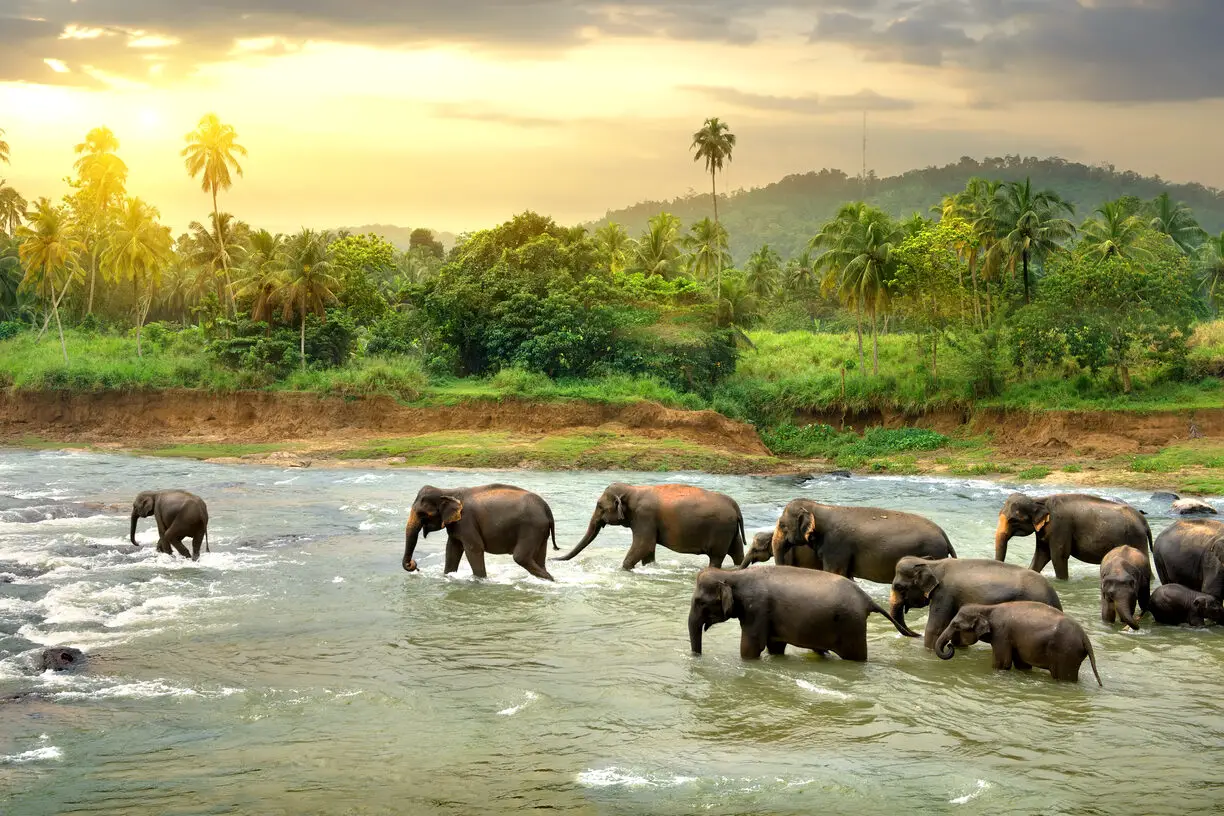
The natural world is full of beauty, from the vibrant colors of a butterfly’s wings to the majestic sweep of a mountain range. Watching wildlife allows us to appreciate this beauty up close. It’s a reminder of the incredible artistry of nature and the intricate details that make each species unique. The delicate patterns on a bird’s feathers, the graceful movements of a gazelle, the vibrant hues of a coral reef—these are all examples of nature’s artistry.
This appreciation for beauty can have a profound effect on our well-being. It can inspire us, uplift our spirits, and fill us with a sense of awe. It reminds us that there is beauty all around us if we take the time to look. Observing the intricate details of nature can also foster a sense of gratitude and appreciation for the natural world.
9. A Sense of Peace and Quiet
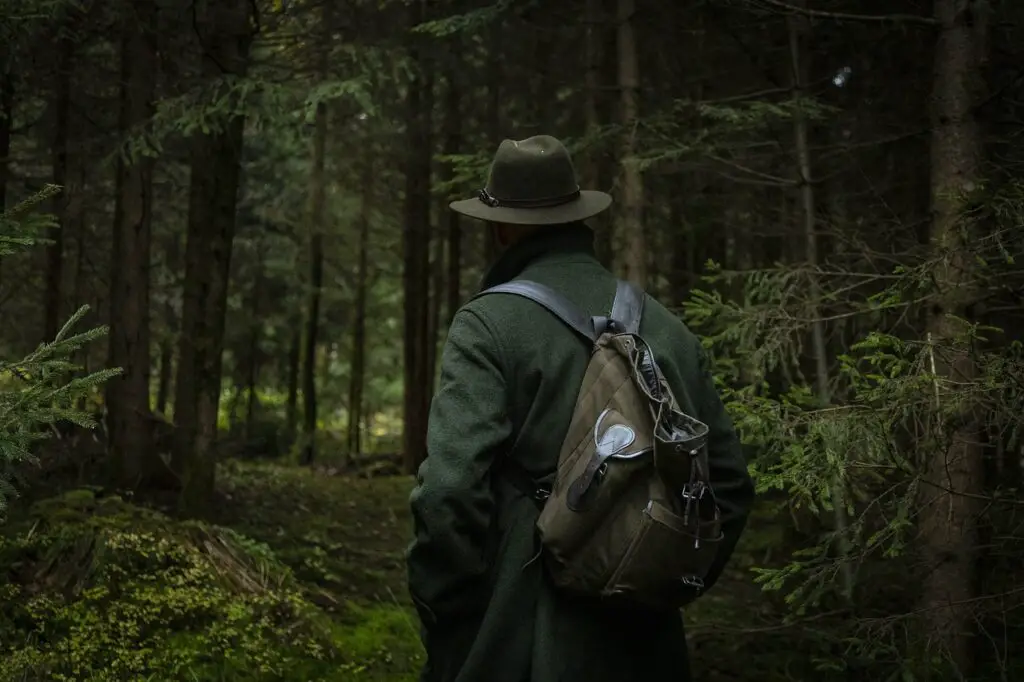
The quiet stillness of nature can be incredibly soothing. It allows us to slow down, breathe deeply, and reconnect with our inner selves. The absence of traffic noise, ringing phones, and chattering crowds creates a space for contemplation and reflection. Imagine sitting by a still lake, the only sound the gentle lapping of water against the shore. Or walking through a silent forest, the air thick with the scent of damp earth and decaying leaves. These moments of quietude can be incredibly restorative, helping us to reduce stress and improve our overall well-being.
This sense of peace and quiet allows our minds to settle and our thoughts to become clearer. It’s a chance to escape the constant bombardment of information and stimulation that characterizes modern life. In the quiet of nature, we can hear the whispers of our own intuition and connect with a deeper sense of self. It’s a time for reflection, contemplation, and simply being present in the moment.
10. A Boost to Your Creativity
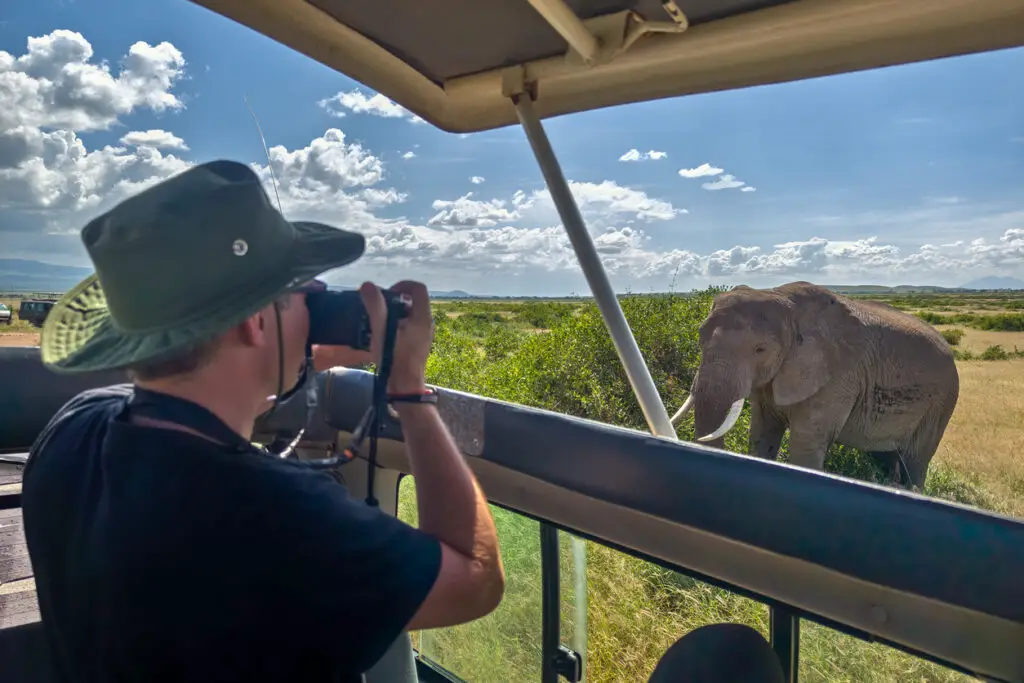
Spending time in nature has been shown to boost creativity. The sights, sounds, and smells of the natural world can inspire new ideas and spark our imaginations. When we observe animals in their natural habitat, we’re exposed to a world of endless possibilities. The intricate patterns of a spider’s web, the ingenious construction of a bird’s nest, the complex social dynamics of a beehive—these are all examples of nature’s creativity at work.
This exposure to nature’s ingenuity can stimulate our own creative thinking, according to Dahval Patel. It can help us to see the world in new ways and come up with innovative solutions to problems. Wildlife watching can be a great way to recharge your creative batteries and find inspiration for your work or hobbies. For example, observing the way a chameleon changes color to blend in with its surroundings might inspire a new design for camouflage clothing. Or watching a flock of birds flying in formation might spark an idea for a new algorithm for traffic management.
11. A Connection to Your Inner Child

Remember the sense of wonder you felt as a child when you discovered a bug in the garden or a bird in the sky? Wildlife watching can help us to reconnect with that inner child. According to Mustang News, it allows us to see the world through fresh eyes, with a sense of curiosity and excitement. The simple act of observing a squirrel burying its nuts or a butterfly fluttering from flower to flower can evoke a sense of joy and wonder.
This reconnection with our inner child can be incredibly liberating and joyful. It reminds us that life is full of wonder and that we should never stop exploring and learning. It allows us to let go of our adult worries and responsibilities for a while and simply enjoy the simple pleasures of the natural world. This sense of playfulness and curiosity can be incredibly refreshing and rejuvenating.
12. A Deeper Appreciation for Conservation
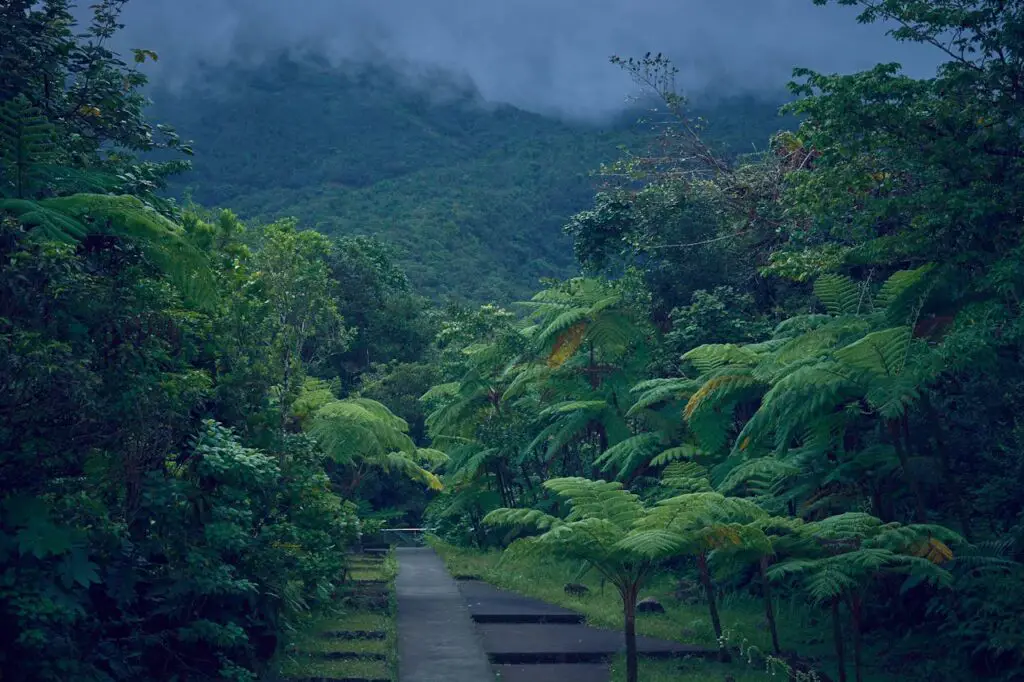
As we learn more about wildlife and their habitats, we develop a deeper appreciation for the importance of conservation. We realize that these incredible creatures are facing many threats, from habitat loss and poaching to climate change and pollution. Seeing the impact of these threats firsthand can be a powerful motivator for change. Witnessing the destruction of a rainforest or the decline of a species can be heartbreaking, but it can also inspire us to take action.
Wildlife watching can be a catalyst for positive change, motivating us to support conservation efforts and make more sustainable choices in our daily lives. We might be inspired to donate to conservation organizations, volunteer our time to protect local habitats, or simply make small changes in our own lives, such as reducing our consumption of single-use plastics or planting native trees in our gardens. According to Nature of Americans, by connecting with nature and understanding the challenges facing wildlife, we become more invested in protecting it.
13. A Lasting Sense of Well-being

The benefits of wildlife watching extend far beyond the immediate experience. The sense of peace, joy, and wonder that we feel when we connect with nature can stay with us long after we’ve left the wilderness. These positive emotions can have a lasting impact on our mental and physical health. The memory of a close encounter with a wild animal or the beauty of a natural landscape can provide a sense of comfort and inspiration in times of stress.
This lasting sense of well-being can help us to cope with stress and challenges in our daily lives. It’s a reminder of the beauty and resilience of the natural world and the power of nature to heal and restore us. Knowing that there is a world of wonder and beauty waiting to be explored can give us a sense of hope and purpose. So, next time you’re feeling overwhelmed or stressed, consider heading out into nature and watching wildlife. You might be surprised at the profound and lasting impact it has on your well-being. It’s an investment in your health, your happiness, and your connection to the natural world.


